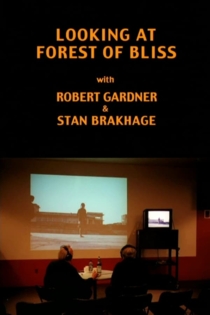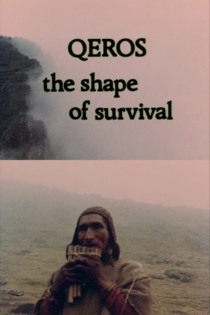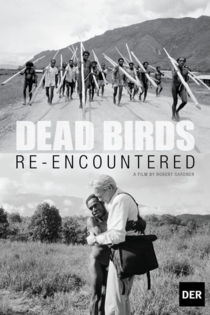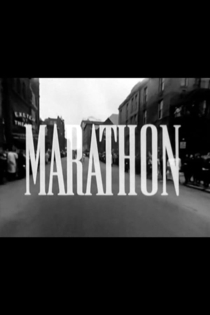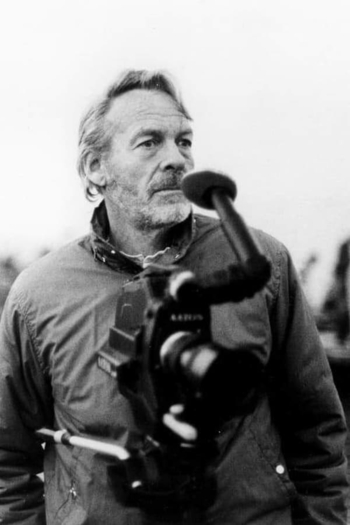
Robert Gardner
1925 - 2014He is an internationally renowned filmmaker and author whose works have entered the permanent canon of non-fiction filmmaking. Some of his most prominent films include Dead Birds (1964), a lyric account of the Dugum Dani, a Stone Age society at one time living an isolated existence in the Highlands of the former Netherlands New Guinea (Gardner was the leader of the Peabody Museum-sponsored expedition to study the Dani in 1961-62); Rivers of Sand (1974), a social commentary on the Hamar people of southwestern Ethiopia; and Forest of Bliss (1985), a cinematic essay on the ancient city of Benares, India, which explores the ceremonies, rituals, and industries associated with death and regeneration.
Gardner’s films have received numerous awards, including the Robert J. Flaherty Award for best nonfiction film (twice); the Golden Lion for Best Film at the Florence Film Festival (three times); and First Prizes at the Trento, USA Dallas, Melbourne, Nuoro, EarthWatch, Athens, and San Francisco film festivals. His films have been invited to Festivals throughout the world including Jerusalem, Bergen, London, Munich, Toronto, Montreal, Margaret Mead, Marseilles, Locarno, Chicago and Cinema du Réel.
Rivers of Sand
Robert Gardner
The people portrayed in this film are called Hamar. They dwell in the thorny scrubland of southwestern Ethiopia, about one hundred miles north of Lake Rudolph, Africa's great inland sea. They are isolated by some distant choice that now limits their movement and defines their condition. At least until recently, it has resulted in their retaining a highly traditional way of life. Hamar women eagerly accept their ritual whipping when boys come of age. Part of that tradition was the open, even flamboyant, observance of male supremacy. In their isolation, they seemed to have refined this not uncommon principle of social organization into a remarkably pure state. Hamar men are masters and their women are slaves. The film tries to disclose the effect on mood and behavior of lives governed by the idea of sexual inequality.
Rivers of Sand

Dead Birds
Robert Gardner
Robert Gardner
The film's title is borrowed from a Dani fable that Gardner recounts in voice-over. The Dani people, whom Gardner identifies mysteriously as "a mountain people," believe that there was once a great race between a bird and a snake, which was to determine the lives of human beings. Should men shed their skins and live forever like snakes, or die like birds? The bird won the race, dictating that man must die. The film's plot revolves around two characters, Weyak and Pua. Weyak is a warrior who guards the frontier between the land of his tribe and that of the neighboring tribe. Pua is a young boy whom Gardner depicts as weak and inept.
Dead Birds
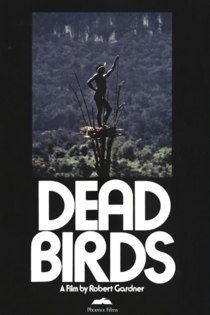
Forest of Bliss
Robert Gardner
Forest of Bliss is an unsparing yet redemptive account of the inevitable griefs, religious passions and frequent happinesses that punctuate daily life in Benares, India's most holy city. The film unfolds from one sunrise to the next without commentary, subtitles or dialogue. It is an attempt to give the viewer a wholly authentic, though greatly magnified and concentrated, sense of participation in the experiences examined by the film.
Forest of Bliss
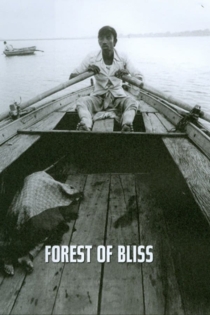
Sons of Shiva
Akos Ostor, Ákos Östör
Sons of Shiva is a sustained attempt to film a four-day ceremony concerned with the worship of Shiva. Devotees of the God Shiva are shown from the initial taking of the Sacred Thread through gradually intensifying action to a culmination in a variety of ascetic and self denying practices.
Sons of Shiva

The Hunters
John Marshall, Robert Gardner
John Marshall
An ethnographic film that documents the efforts of four !Kung men (also known as Ju/'hoansi or Bushmen) to hunt a giraffe in the Kalahari Desert of Namibia. The footage was shot by John Marshall during a Smithsonian-Harvard Peabody sponsored expedition in 1952–53. In addition to the giraffe hunt, the film shows other aspects of !Kung life at that time, including family relationships, socializing and storytelling, and the hard work of gathering plant foods and hunting for small game.
The Hunters
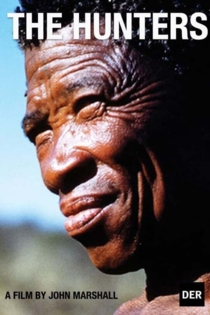
Reality's Invisible
Robert Fulton
Rudolf Arnheim, Stan Brakhage
Fulton made the film during his brief time at Harvard, where he had been invited to teach by Robert Gardner, his friend and collaborator (Fulton would later serve as a cinematographer on Gardner’s 1981 documentary Deep Hearts, among others). Reality’s Invisible could be described as a portrait of the Carpenter Center, yet it is a portrait of an extremely idiosyncratic and distinctive sort. Fulton moves us through the concrete space of the Center’s Le Corbusier-designed building—the only structure by the architect in North America—but, more centrally, presents us footage of students making and discussing their work alongside figures like Gardner, theorist Rudolf Arnheim, artist Stan Vanderbeek, filmmaker Stan Brakhage, and graphic designer Toshi Katayama.
Reality's Invisible
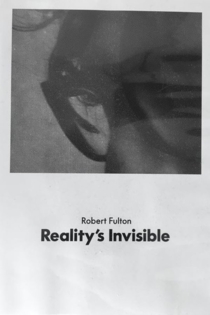
Altar of Fire
Robert Gardner
This film records a 12 day ritual performed by Mambudiri Brahmins in Kerala, southwest India, in April 1975. This event was possibly the last performance of the Agnicayana, a Vedic ritual of sacrifice dating back 3,000 years and probably the oldest surviving human ritual. Long considered extinct and never witnessed by outsiders, the ceremonies require the participation of seventeen priests, involve libations of Soma juice and oblations of other substances, all preceded by several months of preparation and rehearsals. They include the construction, from a thousand bricks, of a fire altar in the shape of a bird.
Altar of Fire
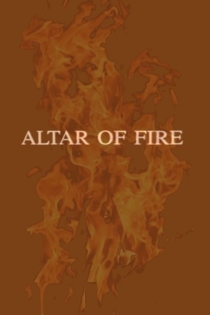
Blunden Harbour
Robert Gardner
“In the middle of the twentieth century, Blunden Harbour was a small village on the coast of Vancouver Island in British Colombia inhabited by a handful of impoverished Kwakiutl Indians who gained their meagre livelihood from fishing and gathering...It is a beginner's attempt to impart the rhythm and atmostphere of a place and a people.” - Robert Gardner
Blunden Harbour
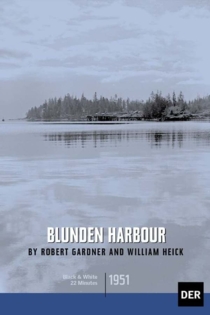
Mark Tobey Abroad
Robert Gardner
Mark Tobey
Robert Gardner visits the great American painter Mark Tobey in Basel, Switzerland, where he lived for the last years of his life. With remarkable candor and objectivity, Tobey discusses his work and that of fellow artists including Picasso.
Mark Tobey Abroad
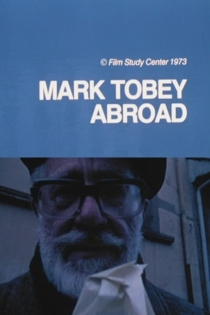
Mark Tobey
Robert Gardner
This short documentary was made while the painter lived in Seattle, Washington, early in the 1950s. It is only the second film made by Robert Gardner and tries to show in cinematic language how this man looked at the world; Mark Tobey himself both performs and is observed. A unique film in the Gardner ouvre, the film not only presents an experimental portrait of Tobey but serves as a window into the American art, avant garde film and poetic movements of this period.
Mark Tobey
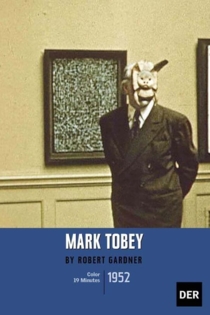
Ika Hands
Robert Gardner
In the highlands of Northern Columbia the Ika live a strenuous and isolated life, economically dependent on small gardens and a handful of domestic animals. They are thought to be descendants of the Maya who fled from the turmoil of Central American High Civilization’s warring states to the remote valleys of Colombia’s Sierra Nevadas. The Ika still inhabit a spectacular but demanding terrain extending between five and fifteen thousand feet, an almost vertical geography through which they move with prodigious ease.
Ika Hands

Looking at Forest of Bliss
Robert Gardner
Stan Brakhage, Robert Gardner
Director Robert Gardner and legendary filmmaker Stan Brakhage share an in-depth viewing of Gardner's ethnographic masterwork, Forest of Bliss. The film is shown in its entirety, with Gardner occasionally pausing to elucidate, and Brakhage brilliantly observing tonality, poetic imagery, life, death, the unconscious, and, well, just being damned insightful. - dred
Looking at Forest of Bliss
